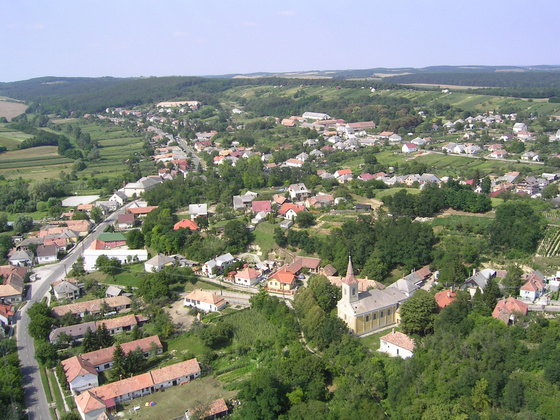
Bakonyalja and Bársonyos

The Transdanubian Central Mountains, or as it used to be called the Nyugati Central Mountains, is one of the great landscapes of Hungary, which is located between the Small Plains, the Zalai Hills, Lake Balaton and Mezőföld. It is separated from the North Central Mountains by stream valleys stretching between the Pilis and Visegrád Mountains. Geographically, the Visegrád Mountains are also included (it extends to the Danube), but geologically it already belongs to the North Central Mountains.
It has an area of approximately 7,200 km², is 200 kilometers long and 30–40 kilometers wide. Its highest mountain is the Pilis roof, which is 757 meters high. A rocky mountain range built mainly from sedimentary rocks. The Transdanubian mountain range is the only large landscape in Hungary that falls entirely within the territory of the country. The most populous settlement, which entirely belongs to the landscape unit, is Tatabánya. But the Buda part of Budapest also largely belongs to the landscape unit. A smaller part of Székesfehérvár also belongs here, but the greater part of the city's territory belongs to Mezőföld, which is geographically part of the Alföld.
From the brief characteristics of its parts:
Bakonyalja, Sokoró, Vértesalja (Bársonyos): A transitional area in the direction of the Little Plain, which was dug up by the tributaries of the Marcal and the streams running into the Danube, and was transformed into a hilly area. In terms of its construction material, it is built with gravel, sand, and loess typical of the highlands.
Close-up: Unsegmented, flat plateau. Its average height is approx. 400 m, its highest point is Nagy-Csákány (asl. 487 m). Its mass of dolomite rocks tilts on one side, and as a result, its southern edge drops steeply to the Zámolyi Basin.
Gerecse: The sloped mass of the mountain range enclosed by Dorog-Bicske-Tata is composed of limestone and dolomite. It is characterized by the many prominent nooks and crannies separated by loess pools. A landscape rich in karst forms, poor in water. At its southern end, the Zsámbéki Basin with its stepped rim connects it to the Buda Mountains.